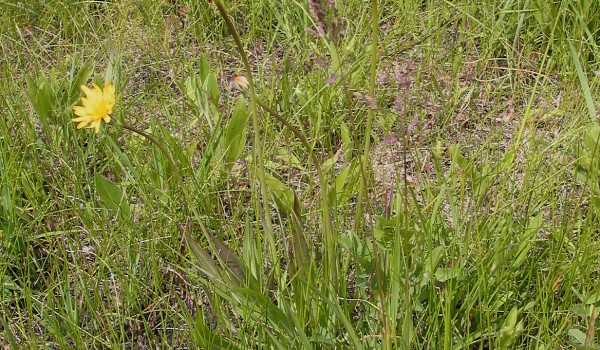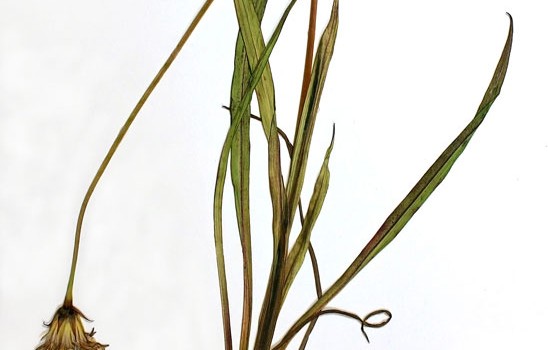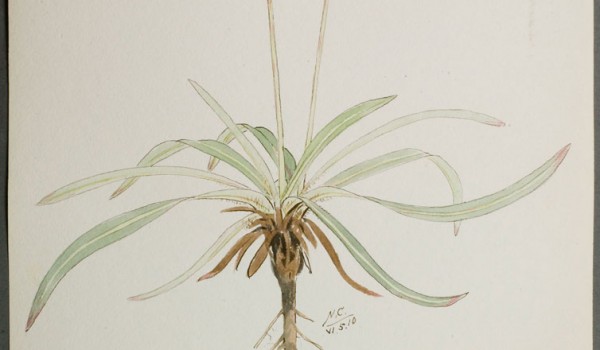Aster (Asteraceae)
Large-flowered False Dandelion
Agoseris glauca (Pursh) Raf.This prairie plant is commonly named for its resemblance to the familiar dandelion weed. It releases milky sap when broken, and has seeds with soft, hair-like bristles that help them drift on the wind. The flowers are pollinated by insects, and are especially attractive to birds, butterflies, and bees. The plants have some medicinal applications. Leaves can also be eaten, and flowers used to make dandelion beer or wine.
Flower Colour:
- Yellow
Flowering Season:
- Spring
- Summer
- Fall
Flowering Months:
- August
- July
- June
- May
- September
Canadian Rarity Status:
Not rare. Listed as “sensitive” in the Northwest Territories.
Physical Appearance:
This perennial grows 10-70 cm tall. It has a basal cluster of linear, slightly hairy leaves with smooth or shallow-toothed edges. It has one to several leafless stems, each topped by a single flower head (2-5 cm wide). These consist of 23-50 strap-shaped ray flowers, whose petals are 5-toothed. Fruiting heads consist of about 35 ribbed, torpedo-shaped achenes, each with a tuft of white hair-like bristles.
Similar Species:
Dandelion (Taraxacum officinale Weber ex Wiggers), Goat's-beard (Tragopogon dubius Scop.)
Gardening Notes:
Seeds and/or plants may be available from greenhouses and seed supply companies specializing in native plants. It can be propagated by seed or by dividing already established plants.
Canadian Distribution:
- Alberta
- British Columbia
- Manitoba
- Northwest Territories
- Ontario
- Saskatchewan
Prairie Types:
- Fescue Prairie
- Mixed Grass Prairie
- Tall Grass Prairie
Habitats:
- Alpine Slopes
- Forests
- Meadows
- Prairies
- Sagebrush
Moisture Conditions:
- Moderate
- Wet
Light Preference:
- Full Sun
- Part Shade
Soil Preference:
- Clay
- Loam
- Silt
Associated Pollinators:
-
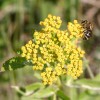 Andrenid Bees, Miner/Digger Bees (Andrenidae)
Andrenid Bees, Miner/Digger Bees (Andrenidae)
-
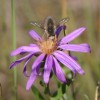 Bee Flies (Bombyliidae)
Bee Flies (Bombyliidae)
-
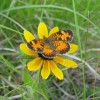 Brush-footed Butterflies (Nymphalidae)
Brush-footed Butterflies (Nymphalidae)
-
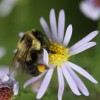 Bumble, Honey, and other Bees (Apidae (Subfamily Apinae))
Bumble, Honey, and other Bees (Apidae (Subfamily Apinae))
-
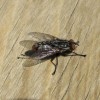 Flesh Flies (Sarcophagidae)
Flesh Flies (Sarcophagidae)
-
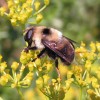 Flower Flies (Syrphidae)
Flower Flies (Syrphidae)
-
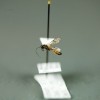 Ichneumonid Wasps (Ichneumonidae)
Ichneumonid Wasps (Ichneumonidae)
-
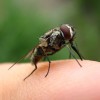 Muscid Flies (Muscidae)
Muscid Flies (Muscidae)
-
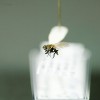 Root Maggot Flies (Anthomyiidae)
Root Maggot Flies (Anthomyiidae)
-
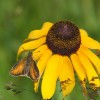 Skippers (Hesperiidae)
Skippers (Hesperiidae)
-
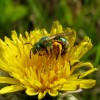 Sweat Bees, Halictid Bees and other Bees (Halictidae)
Sweat Bees, Halictid Bees and other Bees (Halictidae)
-
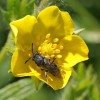 Yellow-faced Bees (Colletidae)
Yellow-faced Bees (Colletidae)






